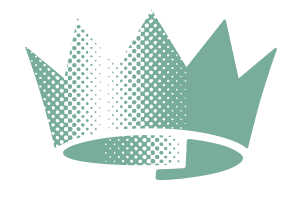New Work: Defining the Pinterest Illustrated Style
I had the great fortune of getting to work with the brand team over at Pinterest to develop illustrated assets for them to use throughout the product. The project was three-fold. To define the illustrated style, to create a toolbox of illustrated assets for the Brand team, and to create a 1-2 minute motion piece, that informed users in an engaging way about all that the Pinterest product can do, through the story of a Pin.
The early part of the work was to explore several stylistic directions. The team had identified four directions that everyone felt would express the warmth and simplicity of the Pinterest brand. We communicated on these directions, using shared secret boards (of course) and used these as a way of sharing ideas back and forth about each approach. For each of these directions, I did early rough storyboards for the motion piece. These were based on their working script and were to flesh out some loose approaches and try and connect them to each style.
Working through these boards enabled us to begin to discuss what style worked best, how should the pins move, and an overall conceptual direction. You'll also notice only three directions. At this point the four directions collapsed into three and the team felt that Style #2 was working best, so we refined it further, including what human figures could look like rendered in this style and how could we create a warmth and hand made quality through texture.
The final style had a playful geometry and bright palette.
Texture study.
I began compiling simple notes into a "standards guide" that defined attributes of the pin, how the UI looked and worked and anything else that needed to be standard throughout.
We had engaged with Greg Solenstrom, a talented motion designer in Berlin, to do all the motion work on the piece. Now came the heavy lifting of producing all the assets the storyboard called for and to deliver those to Greg, along with production notes calling out movement and concept. "Magic Hour" was an important concept to the piece and the environment would progress through different stages of the sun setting. I also produced "key frames" for Greg to understand the overall tone I was going for for each segment.
Magic hour study, defining amount of texture and color range.
The key frames provided a closer look at the desired feel of the end product.
These frames set the tone for how the UI was simplified and how the pins interacted with it
As the piece developed, a human figure became more central, so we needed to determine the right style to render people. We worked through a few iterations and came up with an approach that matched the style and allowed for expression. This style was key to nail down, because we would be illustrating many other assets for the team, based on this look.
For trickier sections, would show the progression of one frame to the next to get my ideas across. This allowed for more detail than on the general storyboard.
Final assets broken into a progression with notes for motion
As I mentioned before, not only was the goal to create the video, but along the way create a bank of imagery that would give the design team at Pinterest a good set of illustrated tools that captured the fun, friendliness and overall personality of the brand. We created a full set of human figures, device illustrations and the most fun, a huge set of pins that represented many of the major categories of pins that appear in the product.
I also worked with the team to create a set of illustrations for the Pinterest Help Center, where the final video resides.
If you made it this far, thanks for taking the time to follow along. Special thanks to the Pinterest team for letting me tackle such a fun and challenging project. It was truly a collaborative effort.
Art & Creative Direction: Skip Bronkie, Victor Ng, Matt Brown, Morgan Keys, Everett Katigbak / Animation: Greg Solenstrom



